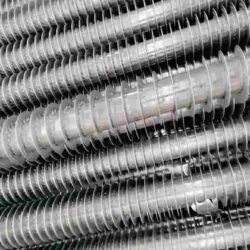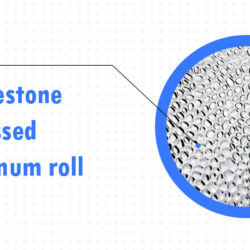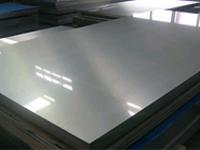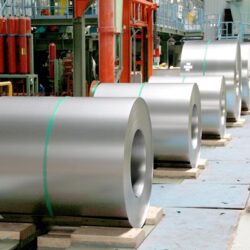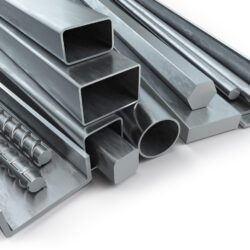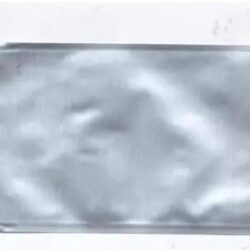Steel and iron are two of the most common materials used in the manufacturing industry. They are used to make a wide range of products and components. While iron and steel look similar, though, they are two unique materials with their own respective characteristics and qualities.

Iron is a naturally occurring element found in nature within Iron Ore. Iron is the main component of Steel, which is an alloy of Iron with the main addition of Steel. Steel is stronger than Iron, with better tension and compression properties.

Element vs Alloy
The primary difference between steel and metal is that iron is an element while steel is considered an alloy that comprises both iron and carbon. Once you have steel, you can also add various other metals to it to produce other alloys – for instance, chromium added to steel will produce stainless steel alloy.
In general, due to its increased strength properties, steel is used more often than iron in large-scale industries like construction. It’s more durable and won’t rust as easily, and also has better tension and compression properties.
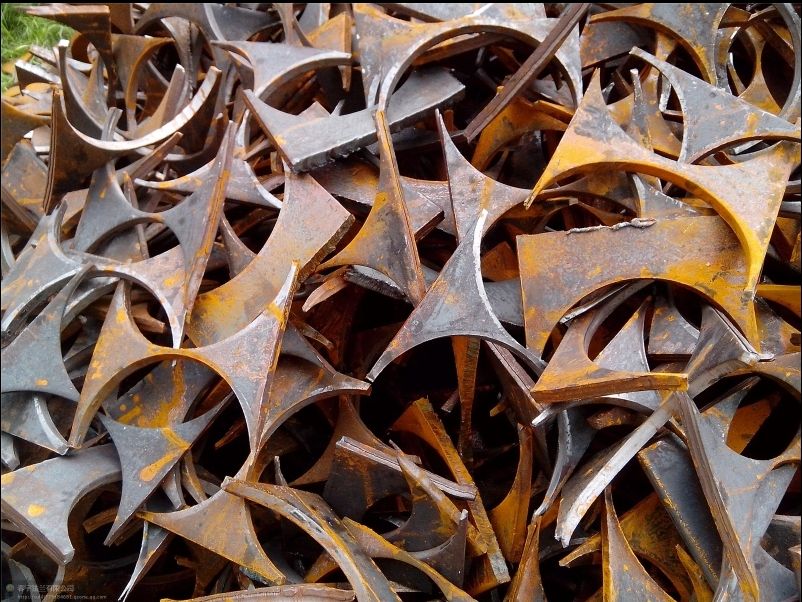
Steel as an Iron Derivative
As we noted above, steel is actually derived directly from iron. Iron containing under 2 percent of carbon in this conversation is called steel, and iron that contains over this amount is known as pig iron. Pig iron can be further processed to reduce the carbon percentage, and this can help you obtain steel. From here, as we mentioned, steel can be processed further to obtain various new alloy types.
The primary difference between iron and steel is that the former is a metal, whereas the latter is an alloy. Iron is simply a metal element that occurs naturally on Earth. In comparison, steel is a man-made alloy that’s made by mixing iron and carbon together
What Is Iron?
Iron is a lustrous and ductile metal with the atomic number 26. It has a chrome-colored appearance that reflects a significant amount of light. Iron is also a ferromagnetic metal, meaning it’s magnetic and attracts other ferromagnetic metals.
It’s important to note that iron is an essential mineral. Like vitamins, essential minerals are needed for proper nutrition. When consumed, iron supplies the human body with nutrients needed to make hemoglobin. The essentially mineral acts as a catalyst for the production of hemoglobin, which is a main component of red blood cells. If you don’t consume enough iron in your diet, your body won’t be able to make a sufficient amount of red blood cells, resulting in a medical condition known as iron deficiency anemia. Food sources rich in iron include beef, chicken, oysters, beans, lentils, fish, vegetables, bread and fortified cereals.
What Is Steel?
Steel, on the other hand, is a ferrous alloy consisting primarily of iron and carbon. Many people assume that steel is a metal, but this isn’t necessarily true. While it exhibits similar properties as metals, it’s technically classified as an alloy. Metals occur naturally as an element, whereas alloys consist of multiple mixed elements and components that aren’t found naturally as an element. You can find iron naturally as an element. In fact, it’s the most abundant element on Earth. But you won’t find steel anywhere in Earth’s outer or inner core, as it’s a man-made alloy that requires mixing iron and carbon.
All steel contains iron, but it also contains carbon. The addition of carbon is what distinguishes iron from steel. By weight, steel contains about 2.14% carbon. Although that’s a relatively small amount of carbon, it results in significant physical changes. Steel, for example, is both harder and stronger than pure iron. And unlike iron, steel isn’t an essential mineral. You don’t need to consume steel as part of your diet.
